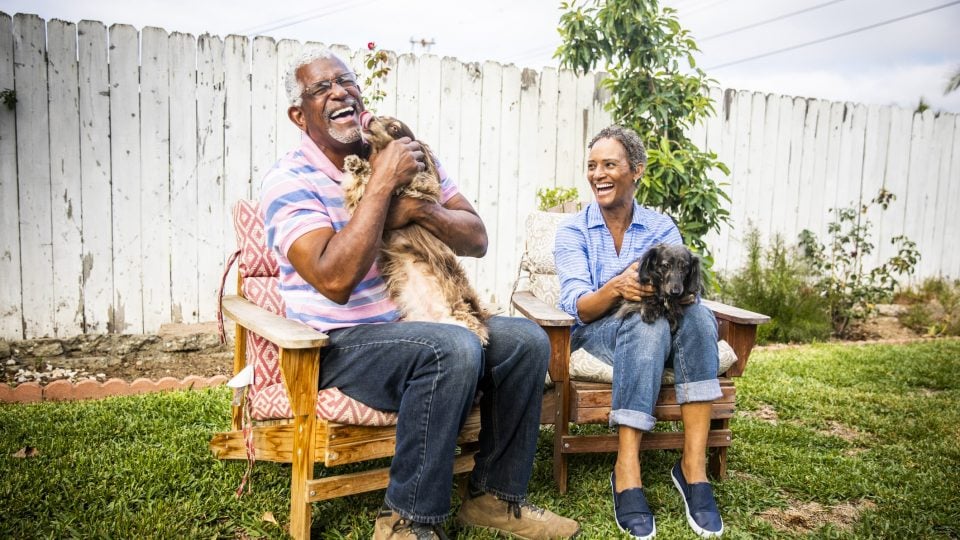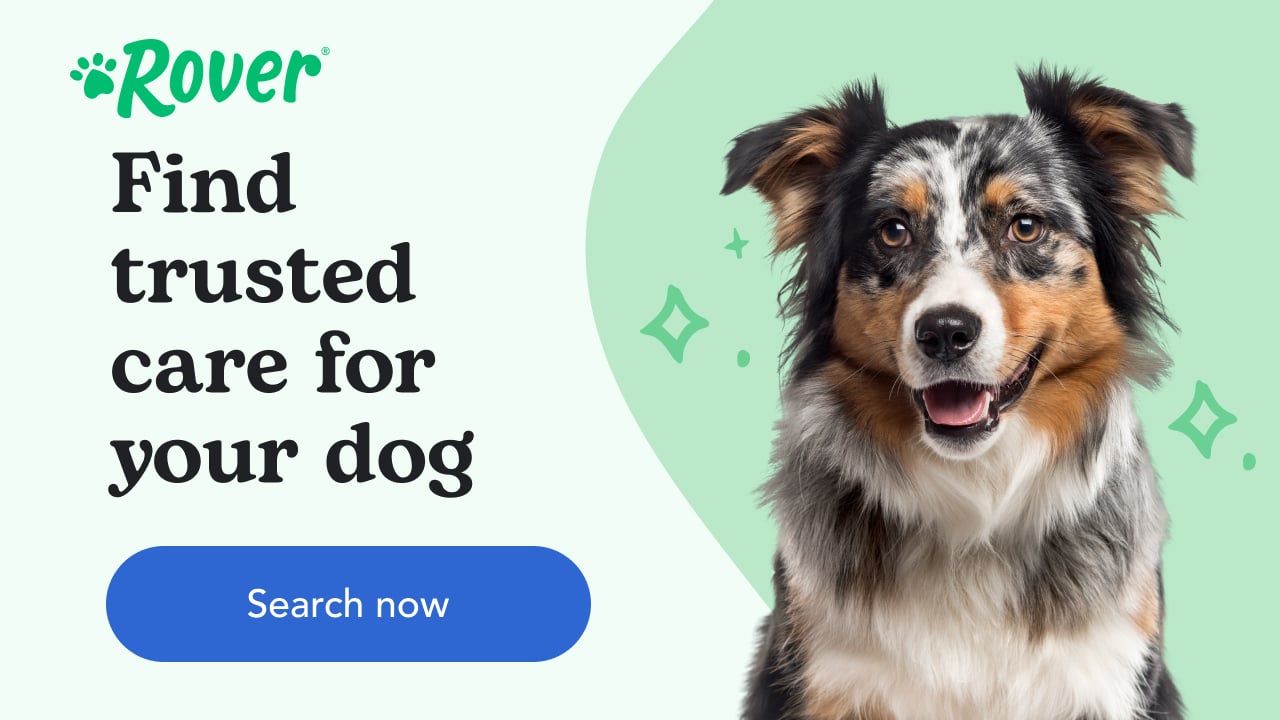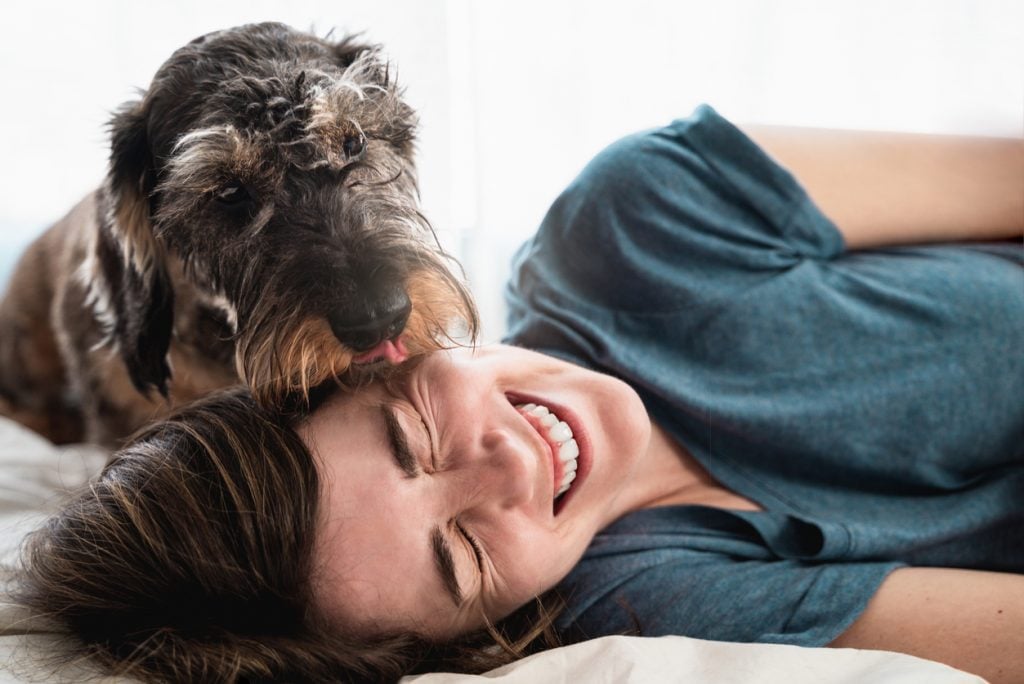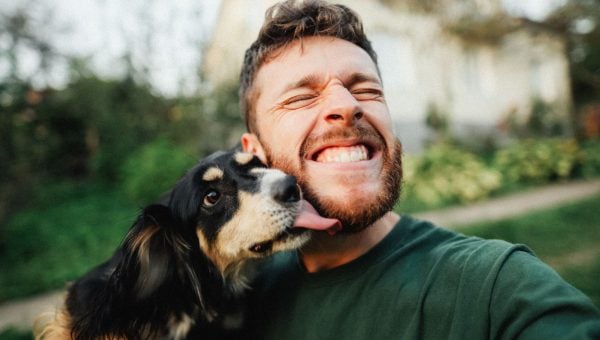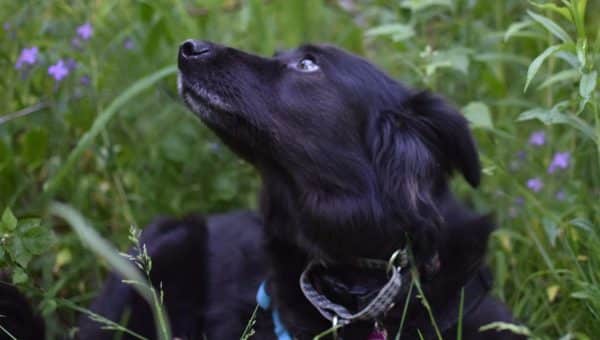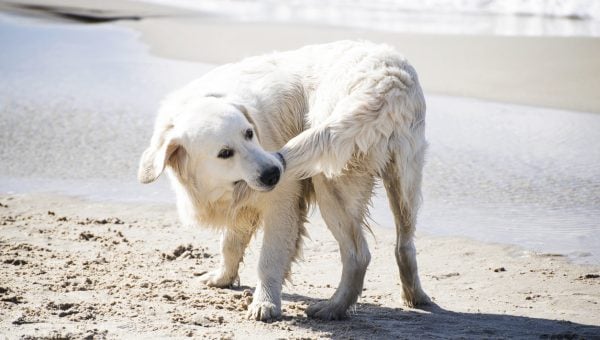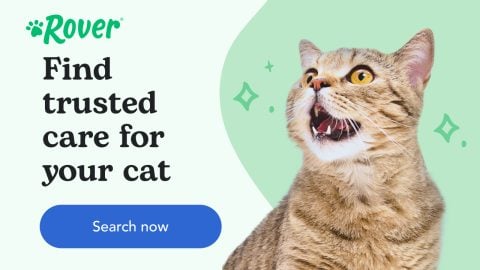Am I my dog’s favourite person? If you’re a pet parent, you’ve probably wondered this—because, let’s face it, who wouldn’t want to be number one in their dog’s eyes? In short, it’s all about socialisation, attention, positive association, and personality. But let’s get into the finer details so you can learn how dogs choose their favourite person—or, you know, if you just want proof that you’re number one.
My dog loves me, but he loooooves my youngest brother, Jacob. It’s not even a contest: put my brother and me on opposite ends of a room, and Radar will always run to Jacob first. It’s funny and mystifying at the same time. After all, I’m the one who raised Radar and take care of him every day. I feed him, walk him, let him sleep on my bed…but when Jacob comes for a visit, it’s like I cease to exist.
So sometimes, a dog’s favourite person is not always their primary caregiver, sometimes it might even be your dog’s favourite sitter. So how do dogs choose their favourite person? Is it the person they lick the most? The human that supplies the most treats? Or, is it something else? And is it possible to change their minds?
Of course, every dog is different, but some generalisations apply. Read on to learn all about how dogs choose their favourite person.
Am I My Dog’s Favourite Person?
Socialisation matters
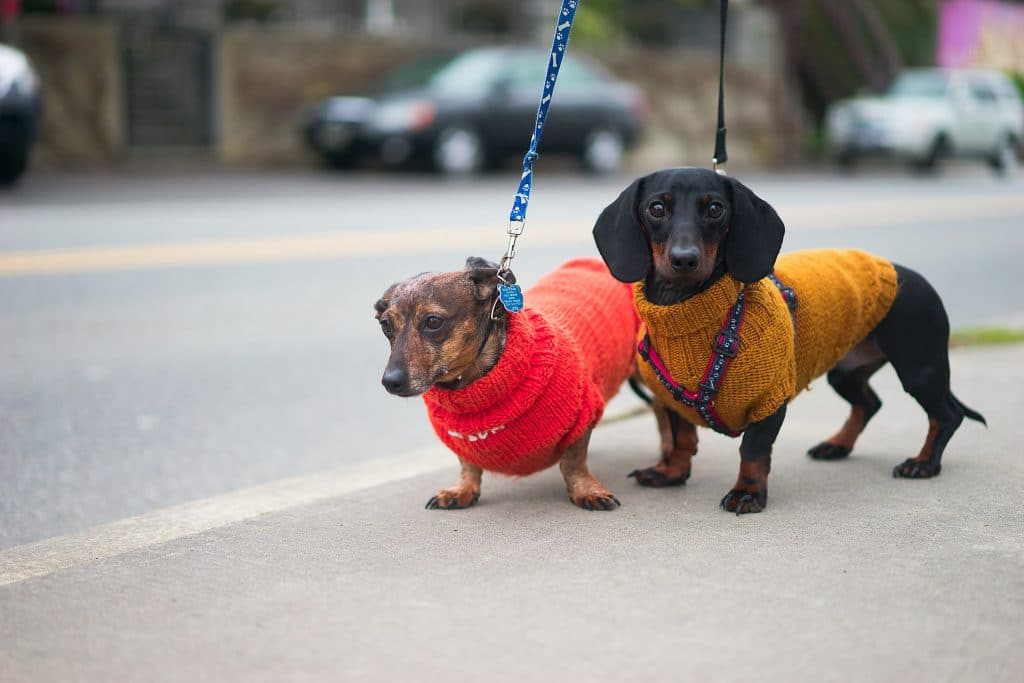
Juncero via iStock
Many dogs bond hardest with whoever cares for them during their key socialisation period, which occurs between birth and six months. At this age, puppies’ brains are incredibly receptive, and their early social experiences influence them for the rest of their lives. That’s why it’s so important to ensure your puppy has positive interactions with a wide range of people, places, and things.
For example, dogs who aren’t exposed to people wearing hats may become afraid of hats later in life. I didn’t get Radar until he was six months old, so I don’t know exactly what his early socialisation experiences were like. However, he tends to prefer men, which leads me to believe he had more positive, formative experiences with male carers.
If your dog was already an adult when you adopted them, don’t worry: it’s not too late to become their favourite. While early experiences are important, continued socialisation through experiences like doggy daycare, play dates, and daily walks matters a lot!
Attention (and affection) increases the bond
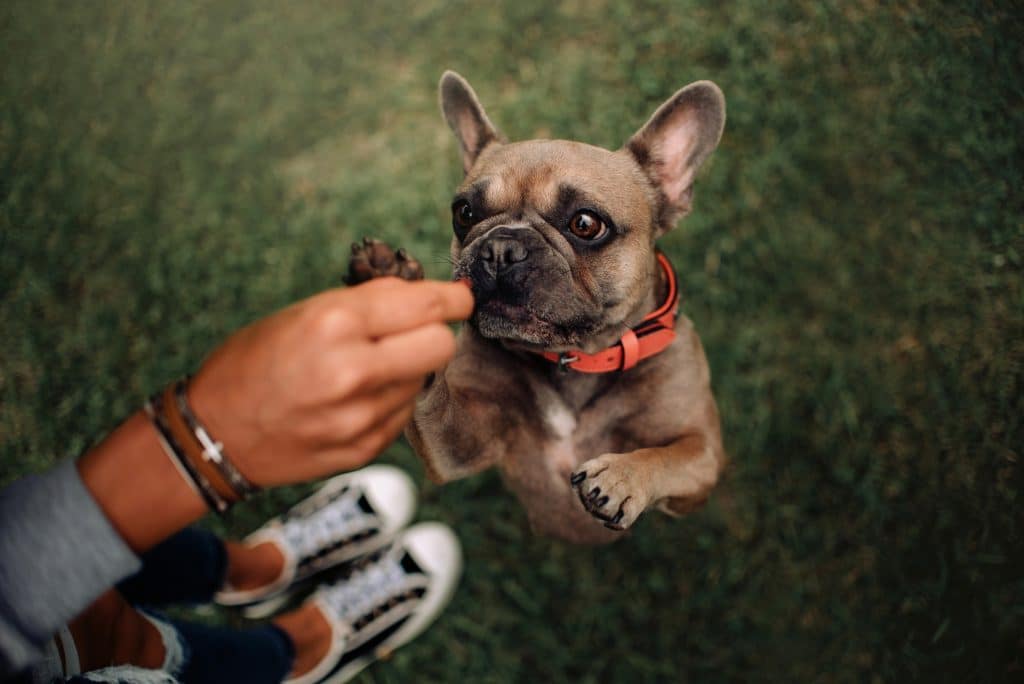
Ksenia Raykova via iStock
Now, I’ve already disclosed the fact that my own dog prefers someone who isn’t their primary caregiver. But most dogs tend to bond with the person who gives them the most attention. For example, in a family with two parents and two kids, the dog may favour the parent who fills their bowl every morning and takes them for a walk every evening.
In addition, physical affection solidifies the bond between dog and person. If a person is stand-offish towards a dog, the dog will be stand-offish towards them. But if you give your dog plenty of pets, grooming sessions, massages, and love, they are likely to seek out more.
For some dogs, it’s not just the amount of attention and affection that matters, but the quality. My dog Radar spends most of his time with me, but I can be a bit reserved and strict about allowing 40 pounds of Pit Bull in my lap. My brother, on the other hand, is happy to roughhouse and let Radar crawl all over him. No wonder Radar does backflips (sometimes literally) whenever he sees Jacob.
Positive association is key
Beyond the attention of their favourite people, dogs play favourites depending on associations. In other words, when a person is the source of good stuff, the dog forms a bond.
When you think about it, it makes a lot of sense. Of course, a dog is going to love the person who always plays tug of war or gives them loads of their favourite stinky beef liver treat. They also know that the person who feeds them most often is a pretty important player in their lives!
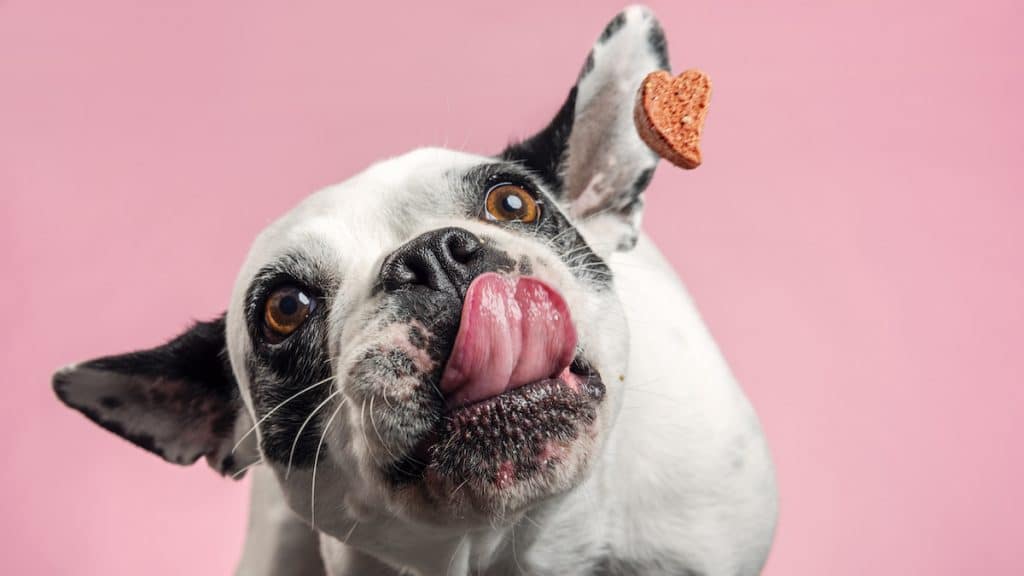
ClarkandCompany via iStock
On the flip side, dogs often react poorly to people with whom they have bad associations (you’ll never catch Radar making friends with a vet). Positive associations lead to positive dog-human relationships. You can use positive associations to help in training and socialising your dog.
For example, whenever somebody new comes to my house, I have them meet the dogs in the garden and give them treats. This establishes an immediate positive association (new person = tasty treats) that helps ease the introduction.
Wherever you go, there they are

KristinaKibler via iStock
Is your dog your own personal shadow? Can you not get from Point A to Point B in your home without them following right behind you? Then it’s definitely possible you rank high on your dog’s list of favourite people.
Just like positive attention and association increases the bond between dog and pet parent, following can reflect similar feelings. As I mentioned above, if you are the source of walks, treats, food and petting sessions, why wouldn’t your doggo favour following you above all others?
It’s important to keep in mind though that being a ‘velcro dog’ who enjoys your companionship is different from a dog with separation anxiety. Whereas velcro behaviour has positive characteristics, such as licking, playing, etc, separation anxiety is not a sign of favouritism and has negative characteristics, such as potty accidents and depression.
What about dog licking?
You may have a dog that just can’t help giving your hands and face a quick bath with their tongue. And while kisses between people are commonly a sign of affection, you may have wondered whether your dog licking you is supposed to carry the same message.
The answer is: maybe. Our hands and faces produce a salty sweat which dogs enjoy and they’re the parts of our bodies that are exposed to air and touch from the different places we go throughout the day. For a dog, this is a taste and smell buffet!
Dog licking can also be a sign of submission or act of communication and may also stem from a food-seeking behaviour between mum and pup. But yes, it’s true: dog licking can also be a sign of greeting or affection in some instances. So while we can’t tell you that those licks mean you’re the favourite for sure, chances are, if your dog licks you frequently—you certainly aren’t the least favourite!
Human personality and dog breed play a part
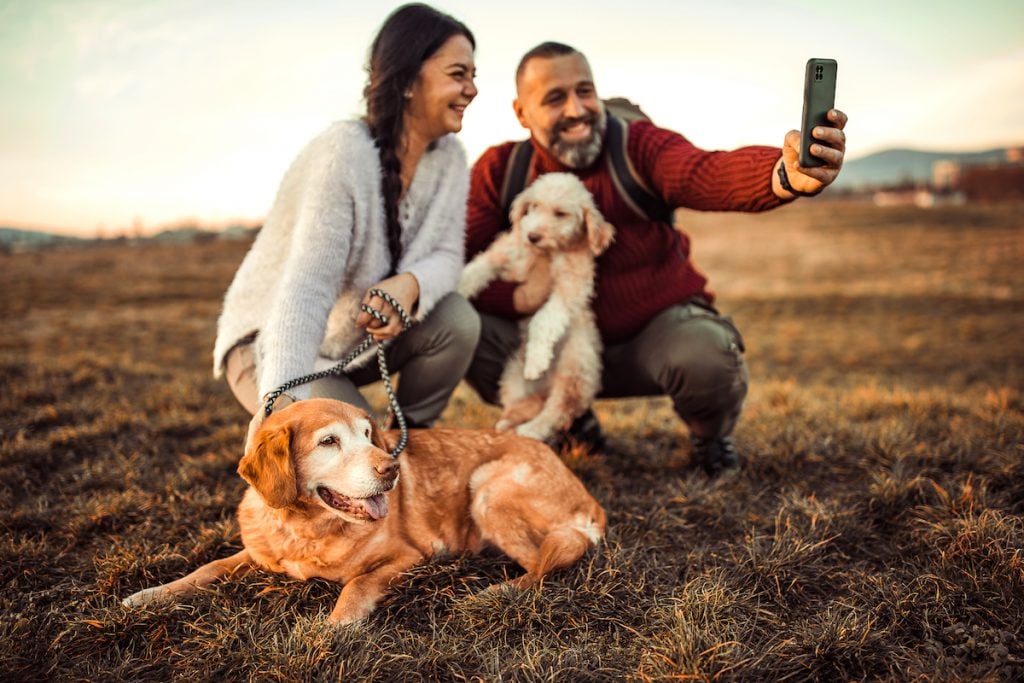
eclipse_images via iStock
Have you ever met a dog that looks and behaves a lot like their person? The saying “like attracts like” applies to dogs and people, too. Dogs often choose a favourite person who matches their own energy level and personality. I’ve certainly found that my more reserved, cautious dog is more closely bonded to me, while my more outgoing, boisterous dog is very attached to my more active brother.
In addition, some dog breeds are more likely to bond with a single person, making it more likely that their favourite person will be their only person. Breeds that tend to bond strongly to one person include:
- Basenji
- Greyhound
- Shiba Inu
- Cairn Terrier
How To Become Your Dog’s Favourite
If you have the feeling you’re not your dog’s favourite person, don’t despair. You can improve and increase the bond between you. The easiest (and most fun) way is to spend at least 30 minutes of focused, one-on-one time together each day. This doesn’t include walks, yard time, or watching TV together. Your bonding time should be active and focused.
Here are a few bonding activities to engage in with your dog:
- Play a game of fetch, tug, or frisbee.
- Have a training session. Working on new skills, or reinforcing old ones, is a great way to bond!
- Try a sport like agility, dock diving, or take your dog to dog gym where you and your dog can work together as a team.
- Food (in healthy, appropriate quantities) is love. Aim for wholesome protein sources with limited fillers, and try some homemade meals for your dog. Make mealtime a bonding activity by integrating eye contact.
- Give your dog a grooming session or massage.
Bonding occurs naturally between dogs and the people who treat them well. Take good care of your dog, socialise him, give him positive experiences, and respect his unique personality. He’ll reward you with a lifetime of love (even if he sometimes acts more excited to see your brother).
